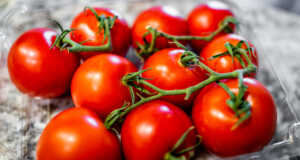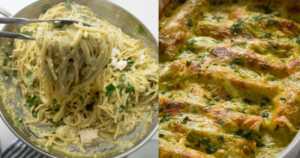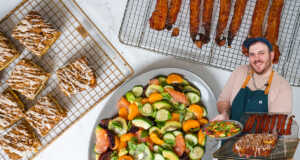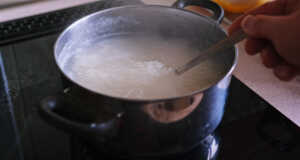I don’t know about you, but my pantry isn’t full of global ingredients, and honestly, unless you live near a big city, it’s hard to find many specialty products. So when I see an internet trend that gussies up pantry pasta into restaurant-worthy ramen I know I’ve found a good cooking trick.
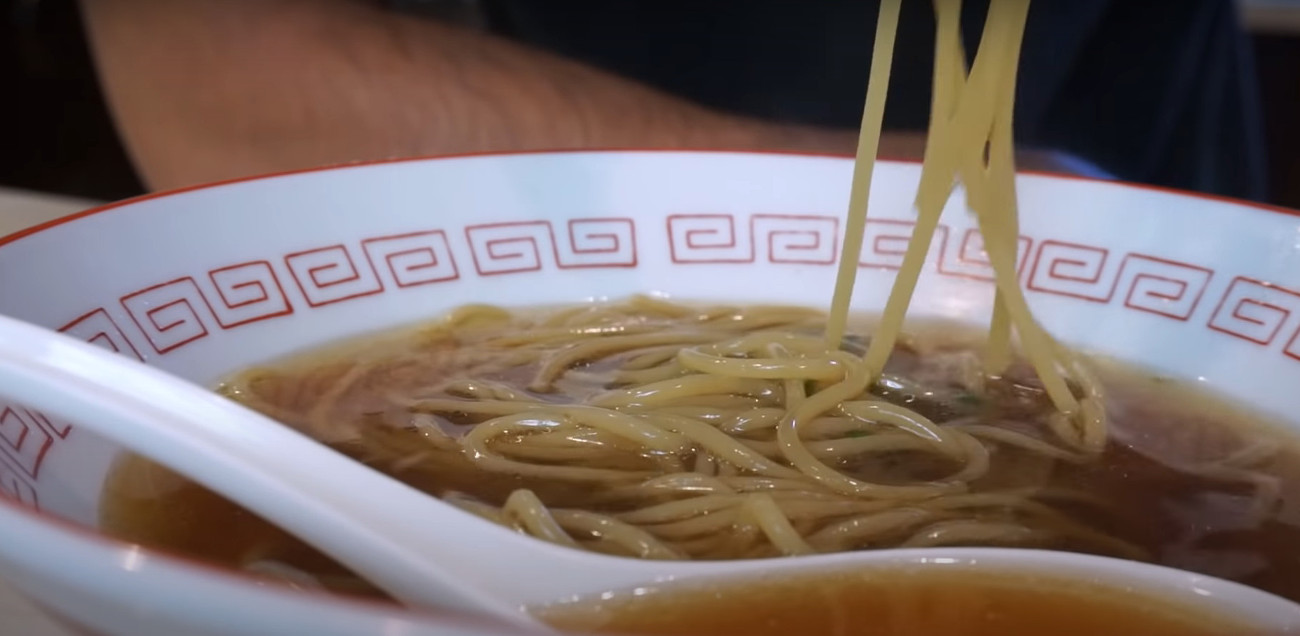
I think most people here think of ramen and remember those dry squares of noodles wrapped with powdered packets of broth, but there’s a whole other side to this soup. When you get ramen noodles at a restaurant, they will have a distinct texture that’ll make you turn your back on the instant stuff forever, because fresh ramen has this delicate yellow color and has a springy, slightly chewy texture.
Luckily you don’t have to trek all the way to a restaurant to enjoy the taste of fresh ramen noodles. This video is a good tutorial explaining the entire process (which is honestly really simple).
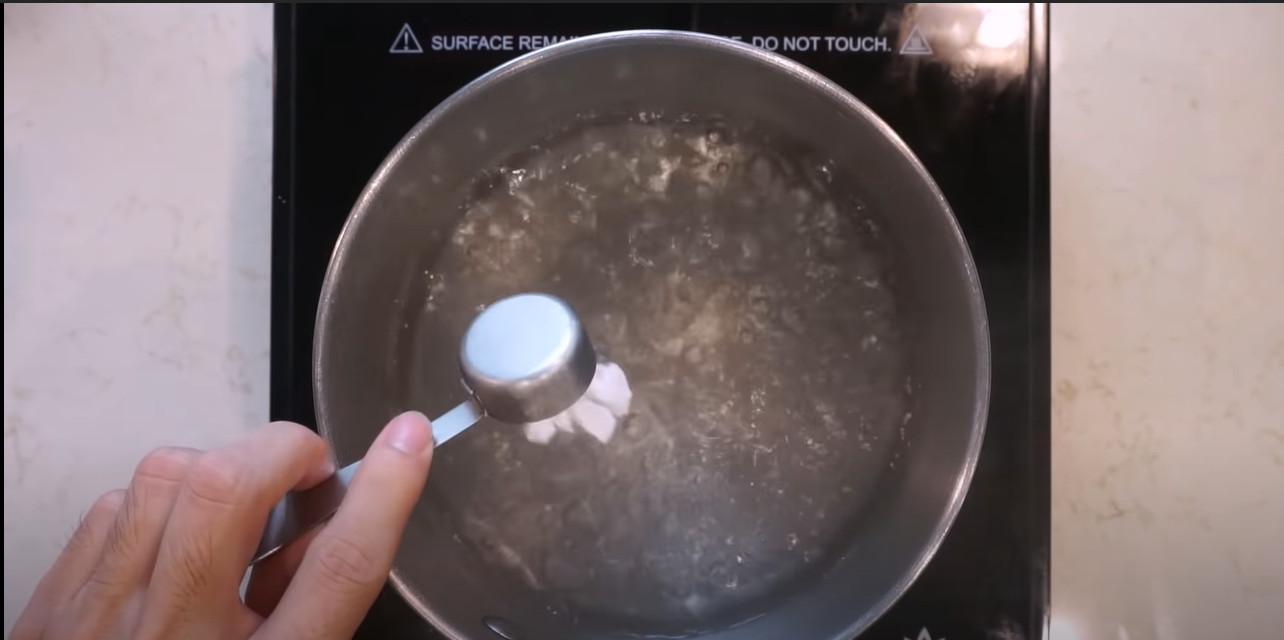
When ramen noodles are made an ingredient called kansui (alkaline water) is mixed into the noodle dough. Kansui is what gives ramen its springy texture and yellow hue. So the theory is that besides kansui, pasta and ramen have the exact same ingredients, so if you make the cooking water alkaline, the pasta should inherently become more alkaline.
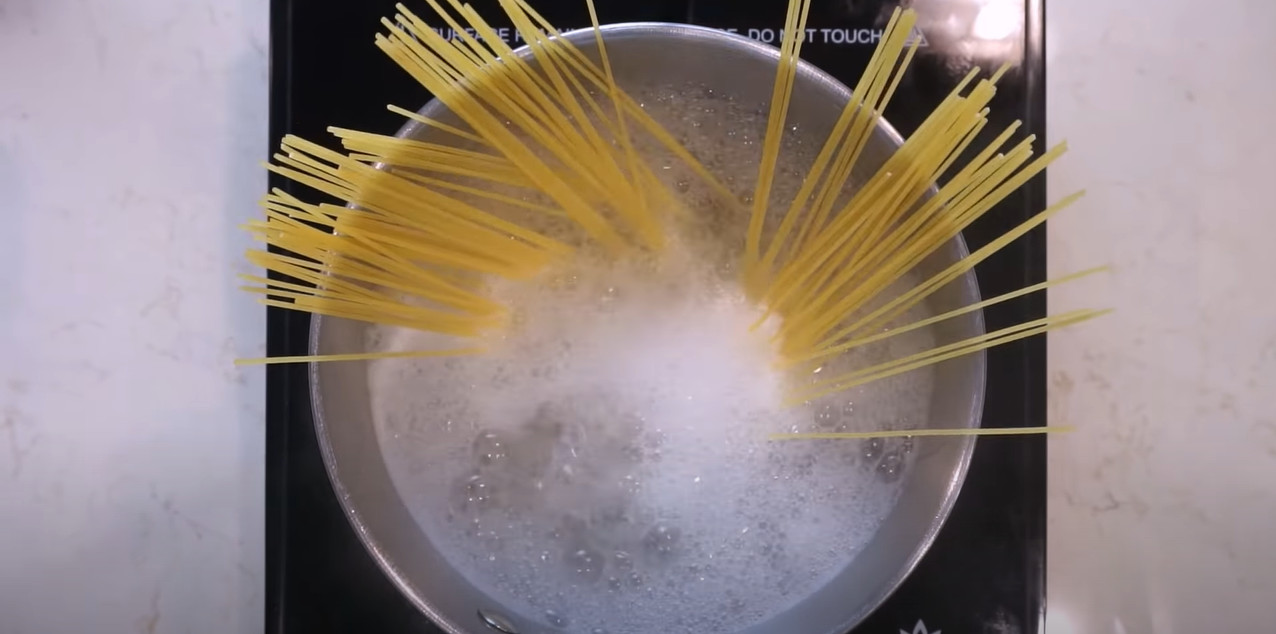
To turn this pantry staple into a restaurant noodle, start by boiling the water and then add one tablespoon of baking soda for every one liter of water. After adding the baking soda, you can add some salt to flavor the noodles.
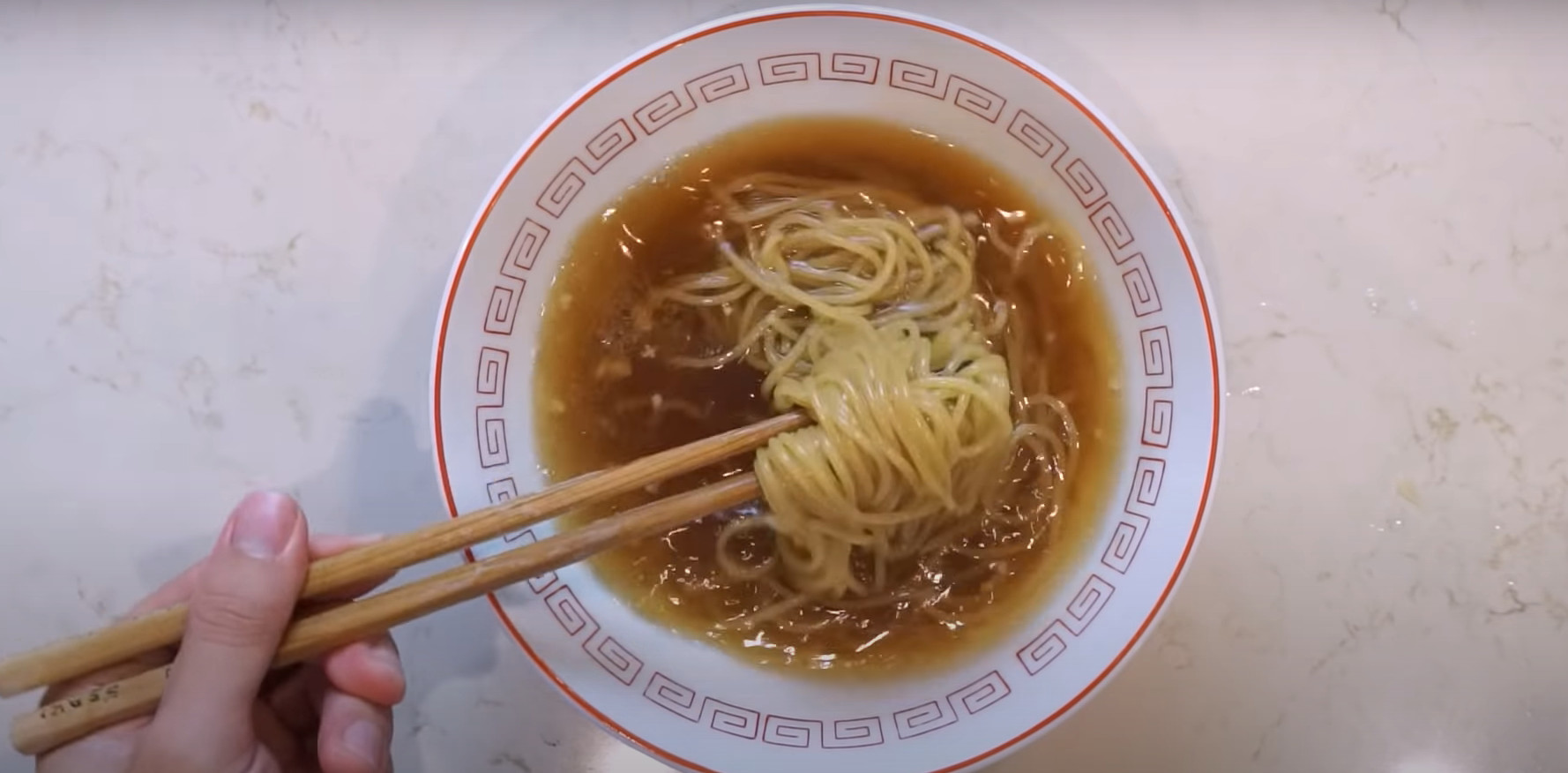
Try to use a long thin pasta for this hack. Spaghetti was used in the video, but angel hair or fine linguine would work just as well. Making fresh ramen noodles is easy, look at the cooking instructions for the pasta and then add an extra two minutes of cooking time, so if the pasta calls for six minutes, cook it for eight minutes in total.
When you add the noodles to the pot, don’t be alarmed by the foam that comes up, just lower the flame or scoop off the foam to prevent a stovetop mess.
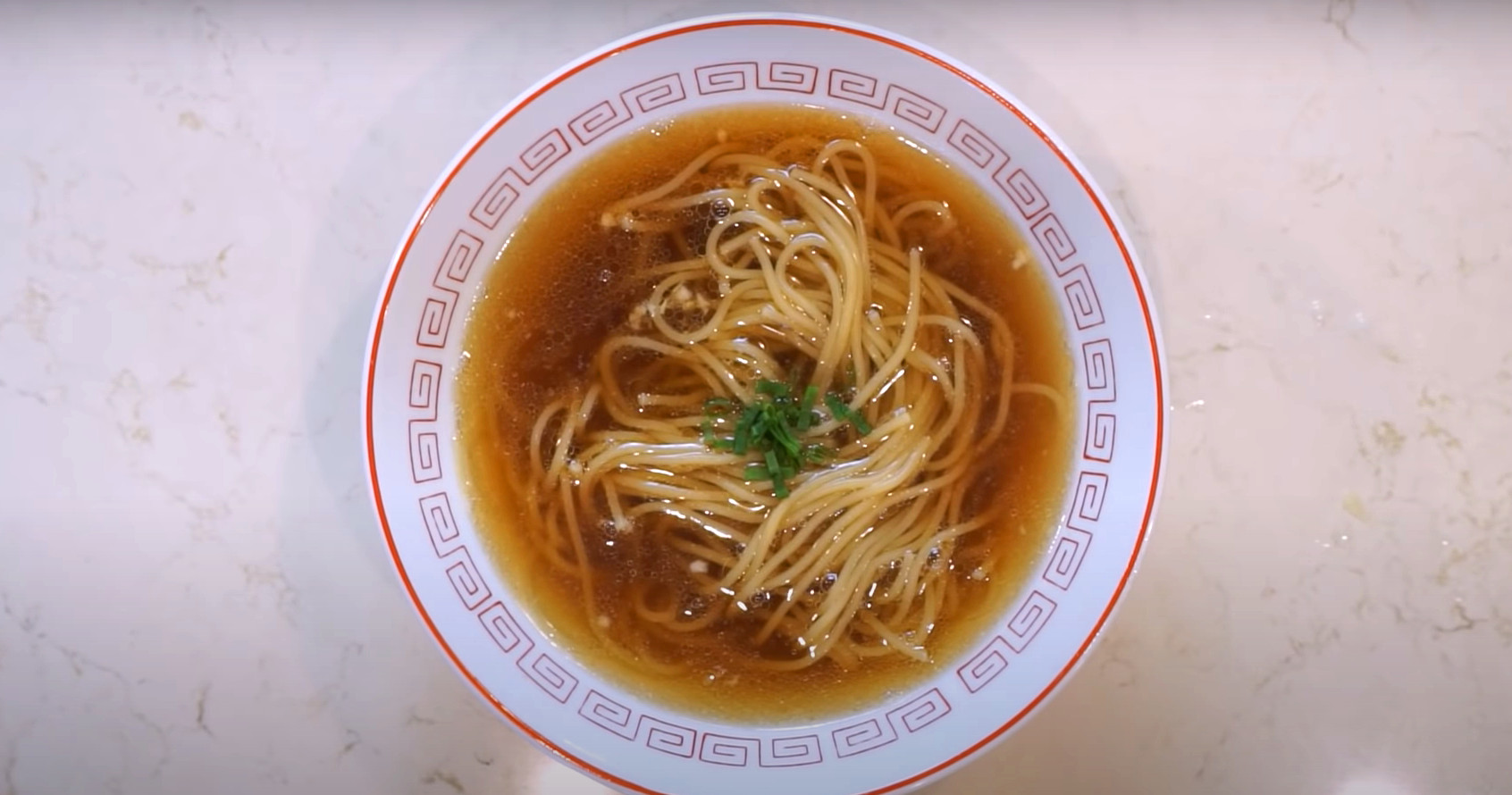
Strain the pasta and add it to any sort of broth, and voila, you went from Italy to Japan in no time. The only giveaway is that this pasta will not have that true ramen shape. Baking soda gives the pasta a yellow color and chewy texture, but it doesn’t turn pasta into a classic curly ramen noodle, yet for a tip that can be done in almost every kitchen, the slight difference in appearance is an easy trade-off to handle.


